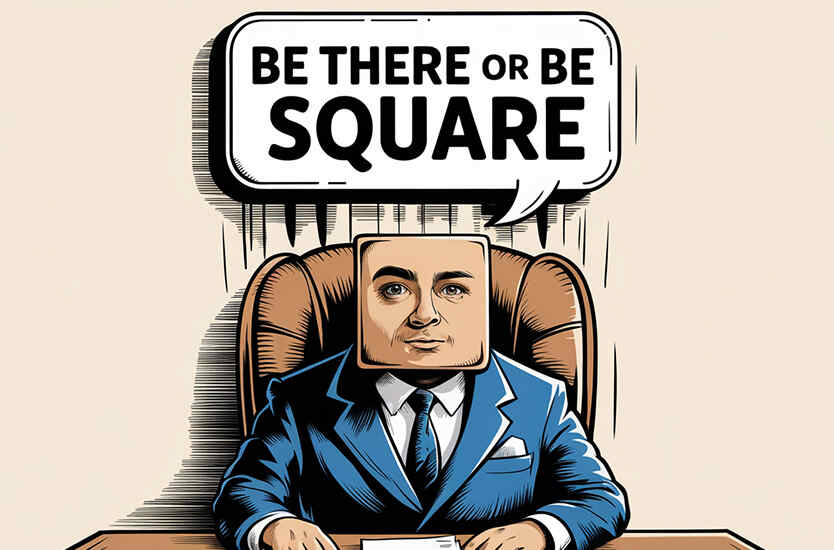Exploring the World of Equipo FPV Drones: A Comprehensive Guide
In recent years, drones have revolutionized various industries, from filmmaking to agriculture, and their popularity continues to soar. Among the many types of drones available, the “equipo FPV drone” stands out due to its unique capabilities and applications. In this blog, we’ll delve into what makes FPV (First-Person View) drones special, their key features, and how they compare to other drones on the market.
What is an FPV Drone?
FPV drones, or First-Person View drones, provide a unique flying experience by transmitting live video feed from the drone’s camera to the pilot’s goggles or screen. This immersive experience allows pilots to see exactly what the drone sees in real time, making it feel as though they are flying the drone themselves. This is a significant departure from traditional drones, which typically rely on a smartphone or tablet for visual feedback.

Key Features of FPV Drones
- Real-Time Video Transmission: The most defining feature of an FPV drone is its ability to transmit real-time video. This is achieved through a combination of high-quality cameras and robust transmission systems that ensure minimal lag and high-definition visuals.
- High-Speed Performance: FPV drones are often designed for high-speed flying. They are built to be agile and responsive, allowing pilots to perform complex maneuvers and reach impressive speeds. This makes them popular in competitive drone racing, where speed and precision are crucial.
- Enhanced Control Systems: Unlike standard drones that may have more automated flight features, FPV drones require more manual control. Pilots use specialized transmitters and control sticks to navigate the drone, which provides a more hands-on flying experience.
- Customizability: Many FPV drones are highly customizable. Pilots can modify various components such as the camera, frame, and motors to suit their specific needs or preferences. This flexibility allows for a personalized flying experience and can improve performance based on the pilot’s skills and objectives.
- Durability: Given their high-speed and high-impact use, FPV drones are often built with durability in mind. They are designed to withstand crashes and rough landings, which are common in high-speed flying and racing scenarios.
Applications of FPV Drones
- Drone Racing: FPV drones are a staple in the world of drone racing. Pilots navigate through complex courses at high speeds, and the immersive FPV experience adds an extra layer of excitement and challenge. Competitions are held globally, attracting enthusiasts and professionals alike.
- Aerial Photography and Videography: While FPV drones are not always the first choice for professional photography due to their speed and maneuverability, they are increasingly used in creative ways. The dynamic footage captured from an FPV drone can add a unique perspective to video projects, making it ideal for action shots and dynamic sequences.
- Search and Rescue Operations: FPV drones are also used in search and rescue operations. Their ability to fly quickly and navigate through challenging environments can aid in locating missing persons or assessing disaster sites. The real-time video feed allows rescue teams to get immediate insights into the situation.
- Freestyle Flying: Many drone enthusiasts use FPV drones for freestyle flying, where pilots perform acrobatic maneuvers and tricks. This type of flying showcases the pilot’s skill and creativity and is a popular activity within the FPV community.
Comparing FPV Drones to Other Drones
When comparing FPV drones to other types of drones, several differences become apparent:
- Camera System: While both FPV drones and traditional drones may have cameras, FPV drones prioritize real-time video transmission and often feature high-quality, low-latency cameras.
- Control: FPV drones require more manual control and skill compared to many consumer drones, which offer automated flight modes and GPS assistance.
- Speed and Agility: FPV drones are built for speed and agility, making them more suitable for racing and high-speed maneuvers. Standard drones may prioritize stability and ease of use over these features.
- Use Case: Traditional drones are often used for stable aerial photography, surveying, and recreational flying. FPV drones, on the other hand, are geared towards immersive flying experiences, racing, and advanced maneuvers.
Choosing the Right FPV Drone
When selecting an FPV drone, consider the following factors:
- Purpose: Determine what you want to use the drone for. If you’re interested in racing, look for drones designed for speed and agility. For aerial photography, consider drones with high-quality cameras and stability features.
- Experience Level: FPV drones can be challenging for beginners. If you’re new to drone flying, it might be beneficial to start with a more beginner-friendly model or take some time to learn the basics of FPV flying.
- Budget: FPV drones can vary widely in price. Set a budget that fits your needs and look for drones that offer good value for money. Remember that you might also need to invest in additional accessories, such as FPV goggles and extra batteries.
Conclusion
The equipo FPV drone represents a thrilling segment of the drone world, offering an immersive flying experience and advanced capabilities. Whether you’re interested in racing, creative videography, or simply exploring the skies from a new perspective, FPV drones provide a unique and exciting option. As the technology continues to evolve, we can expect even more innovations and applications for these versatile machines.

Recent Post
What is The Meaning of a Medusa Tattoo?
January 9, 2025
The Meaning of Encanto in Spanish and Origin
January 4, 2025
Equivalent Phrases For “Including But Not Limited To”
December 30, 2024
How To Make Weekend Greetings More Fun?
December 30, 2024
10 Modern Sayings Similar To “Be There Or Be Square”
December 30, 2024







